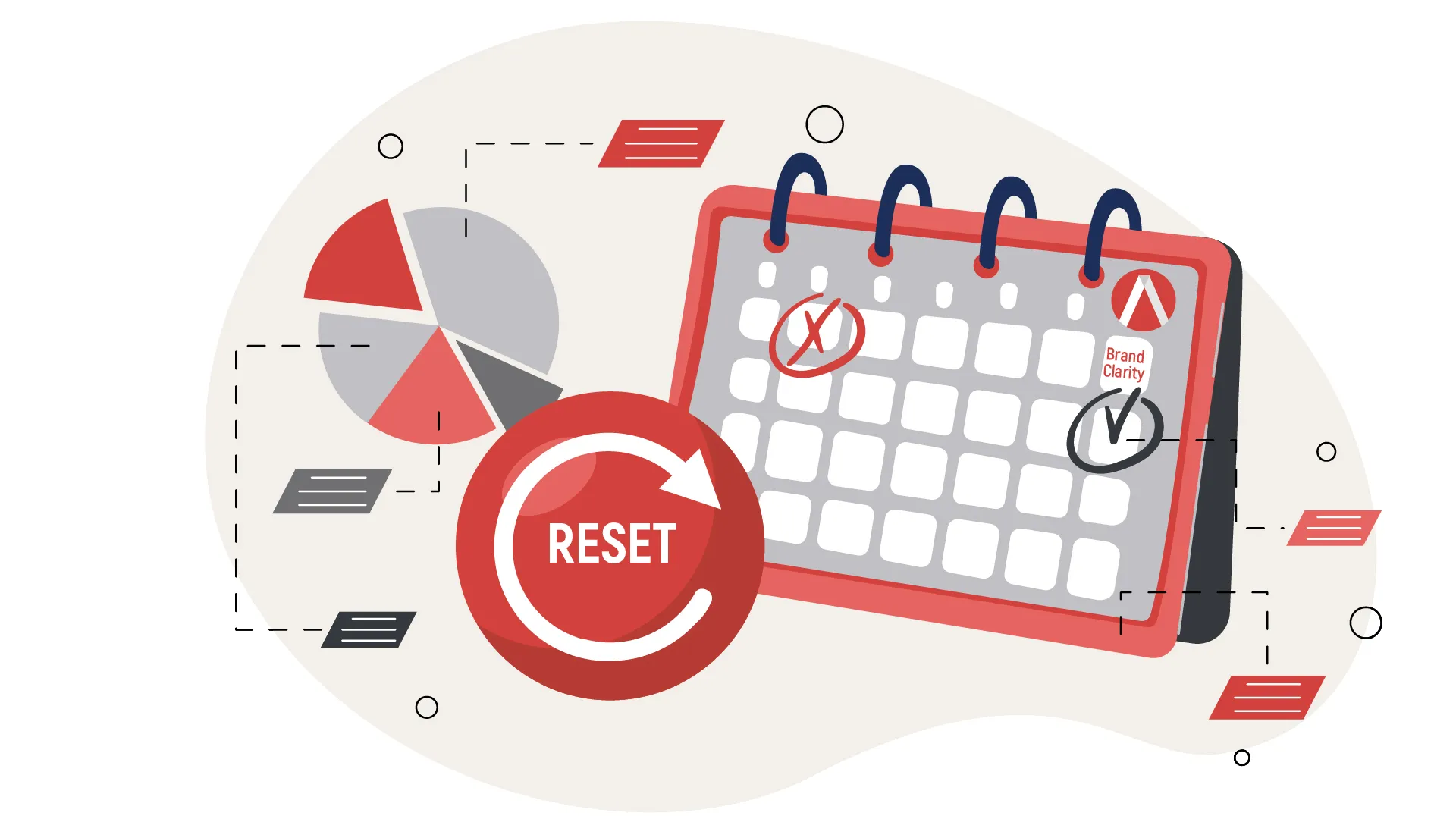Blog for Better Beer Sales
Do you blog? It’s a great tool to connect with your fans and build your brand story. If done well, and if it includes information that resonates, a blog can build familiarity, affinity, and trust with current and potential customers. Additionally, it gives you material to share on your social platforms and helps with SEO.
How do you come up with great content? Of course you want to talk about all the finer points of your newest brew. In fact, recent research showed that blogs make up 46% of online chatter around the reviewed craft beer varieties. Get in there and make sure your beer is part of that conversation.
But you need to make sure that you balance that with other content that educates, informs, and entertains. How can you come up with great topics to do this? Your customers can provide clues about what they are interested in:
• Analyze your website data. You can find a wealth of information (like top keywords and popular pages) that will show you your customers’ interests.
• Check out other blogs and listen to customers on social platforms. What topics are they talking about and how can it relate to your brewery or beer?
• Stay on top of the news in your local community. Research shows that craft beer enjoys a strong sense of community with their customers. While you may be striving to sell and build a national fan following, it doesn’t mean you should avoid your own backyard. That means being aware of – and tapping into – local news, events, and trends. Your hometown is a part of your brand, embrace it!
• Share interesting news in the industry. Craft beer drinkers like to be in the know, on the inside. Share news like industry growth trends (we have a good news story), new innovations, flavors, etc. Give a shout out to fellow brewer or brand. Not only will you look confident and knowledgeable, you may succeed in earning their fans’ appreciation and interest. Become a reliable source for relevant information that will make your customer feel like an insider.
Here are a few more guidelines to keep in mind.
Understand that an online reader’s attention span is short, so make your content as accessible and inviting as possible.
• Keep it short. A great blog post can be as few as 300 words. It can be as simple as a recipe or details about an event. However many will need to be longer to effectively tell your story. While you don’t want to write to a specific word count (this isn’t a high school essay after all) use discipline and keep topics specific. Typically a blog should not be longer than 1600 words.
• Write in short paragraphs of 2-4 sentences. Dense copy can turn a potential reader away. Short paragraphs create more white space and invite the reader in.
• Embrace bold type and bullets to highlight your key points. If readers drop by and only scan your blog, you want your key messages to jump off the page.
• Keep it simple (6th grade reading level), write in an active voice and in the 2nd person.
Are you more comfortable brewing than writing? There are some great tools out there to help you. Hemingway Editor is software that is very affordable ($10) and will help make your writing bold and clear. It will grade your reading level, give you a word count and guidelines for things like passive voice, too many adverbs etc. Or consider a blog writing service like Blog Mutt.
Finally, make sure you get maximum value out of your hard work by optimizing your new masterpiece for SEO. Keep in mind that your blog title tag should be no more than 70 characters and your meta description should be less than 155 characters. And, don’t forget to use those keyword tags.
Looking for some good examples? We like Dogfish Head and New Belgium’s blogs but there are many other great examples out there.
It can be time consuming and no one in this industry is looking to add another regular item to their to-do list. But an engaging blog can help establish long-term, trusted relationships with current and future customers while bolstering your SEO and brand positioning. You will find that it is time well invested.






